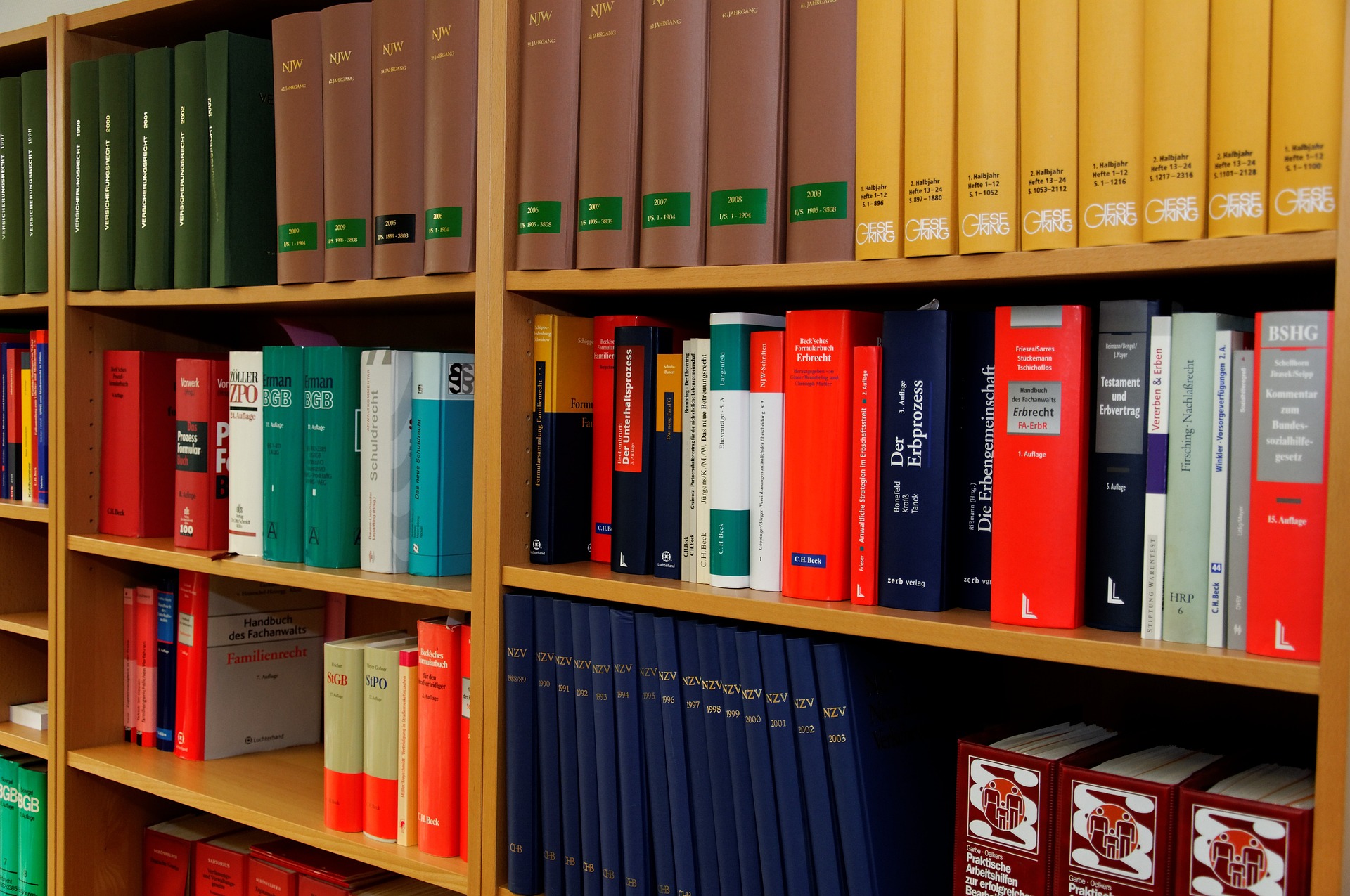Examining the Role of Executive Orders in U.S. Governance
Executive Orders have played a vital role in shaping U.S. governance since the country's inception. These orders, issued by the President, can direct government operations and impact policy. This article will delve into the history, current applications, and societal implications of Executive Orders.

Historical Context of Executive Orders
Executive Orders trace their roots back to the U.S. Constitution, where Article II grants the President “executive power.” While the Constitution does not explicitly mention Executive Orders, it is generally accepted that this power includes issuing orders to direct the operations of the federal government.
The first Executive Order was issued by President George Washington in 1789, directing department heads to provide him with reports on their operations. Since then, every U.S. President has issued Executive Orders, ranging from monumental ones like President Lincoln’s Emancipation Proclamation to more routine administrative matters.
Modern Use of Executive Orders
In modern times, Executive Orders have been used for a variety of purposes, from creating federal commissions to setting policy on environmental issues. They have also often been used in times of crisis as a quick response mechanism, bypassing the slower legislative process.
Recent Presidents have increasingly relied on Executive Orders to advance their policy agendas. This has led to some controversy, with critics arguing that it sidesteps the legislative process and concentrates too much power in the hands of the President.
Legal Framework and Challenges
Executive Orders carry the full force of law, but they are not without limitations. They must be rooted in existing statutory or constitutional authority. They cannot create new law or contradict existing law.
There have been numerous legal challenges to Executive Orders over the years. Courts can and have ruled Executive Orders to be unconstitutional. For example, in 1952, the Supreme Court ruled President Truman’s Order to seize steel mills during the Korean War as unconstitutional, setting a precedent for judicial review of Executive Orders.
Impact on Society and Governance
Executive Orders can have significant societal and policy impacts. They can shape policy direction in areas like immigration, environmental regulation, and civil rights, often with immediate effect.
On one hand, they allow for quick response to crises and enable the President to take decisive action when Congress is gridlocked. On the other hand, their use can lead to policy swings with each new administration, creating uncertainty and instability.
Conclusion
Executive Orders are a powerful tool in the U.S. President’s arsenal, enabling swift action on policy objectives. However, their increasing use in recent decades has sparked debate about the balance of power in U.S. governance. As this trend continues, it will be important for citizens and policy-makers alike to understand the role and implications of Executive Orders.




